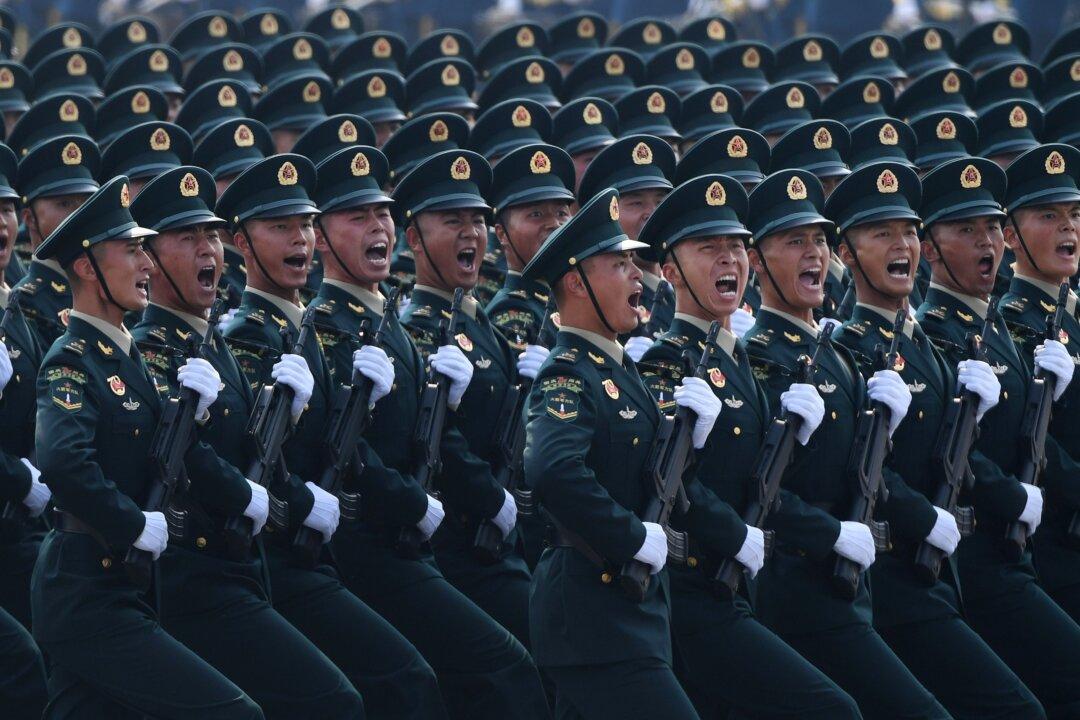A Chinese media article said Shanghai cannot be put under lockdown, otherwise the core engine of China’s economy will be extinguished.
Despite stringent lockdown measures, Party vice premier Sun Chunlan, who was visiting Shanghai on April 12, said the situation in the city was still grim and complex. In a commentary on April 10, Xinhua, the regime’s mouthpiece, said this round of epidemic prevention in Shanghai had entered the “most critical and vigorous” stage and vowed that “dynamic zero-COVID” would occur as soon as possible.





